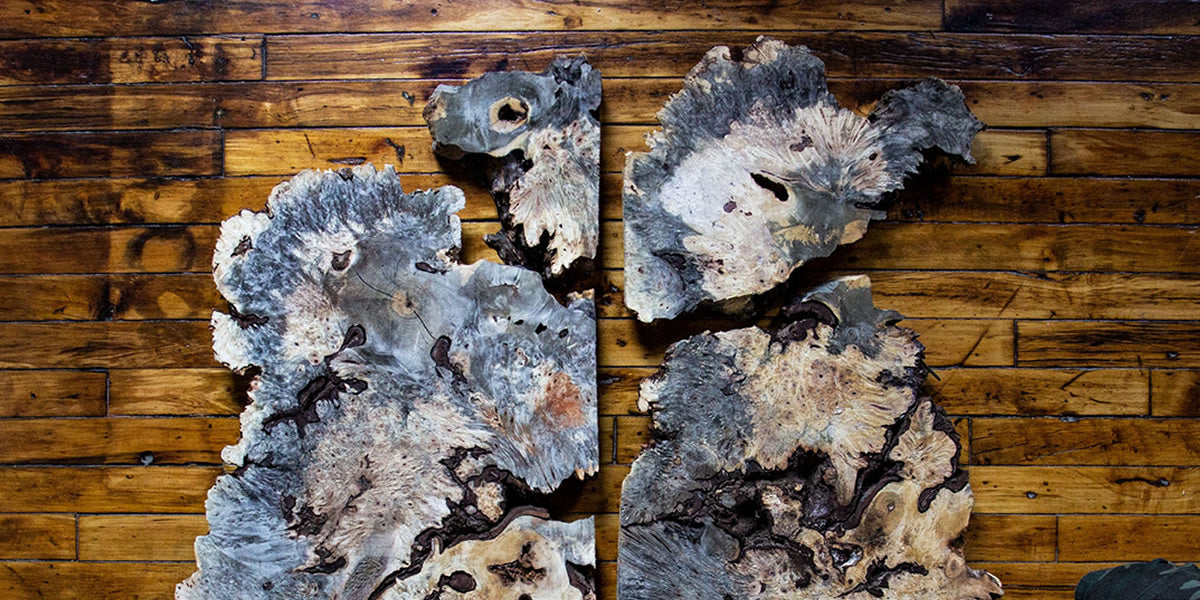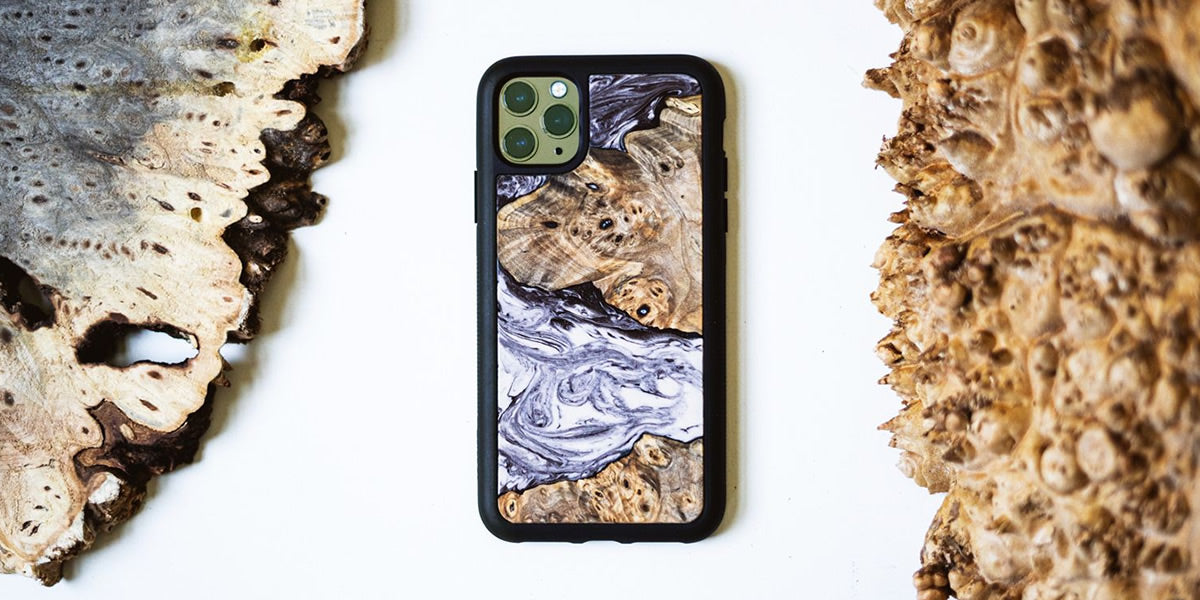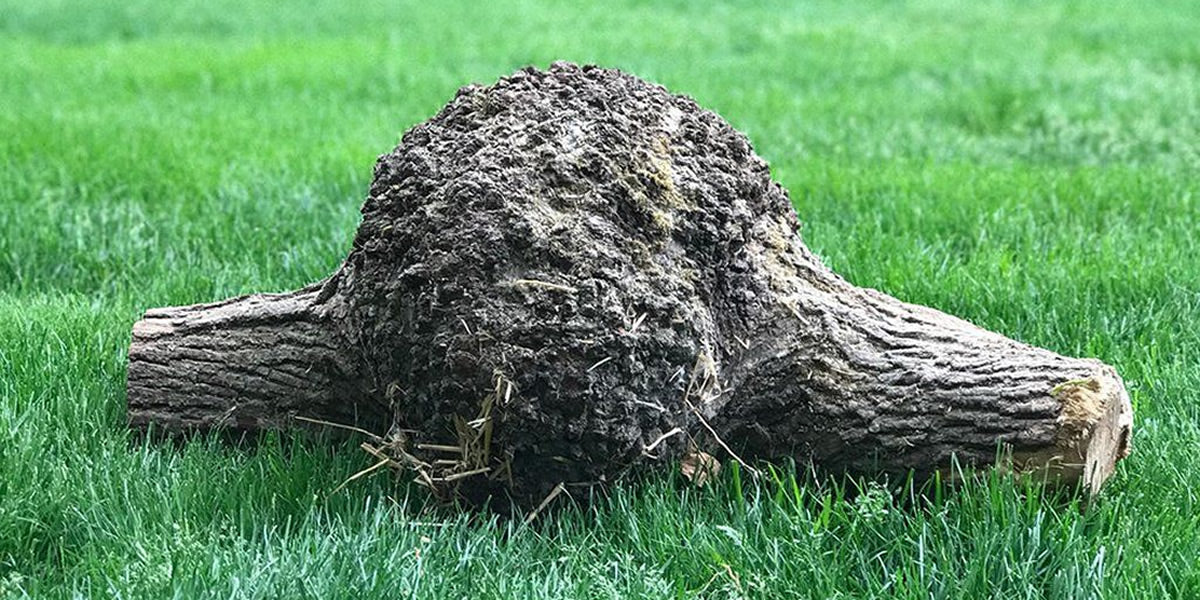At Carved we love working with wood burls (and we love dad jokes). We get asked a lot "what is a wood burl??". It's kind of a weird word and they aren't too common, so today we're going to delve into the woody world of burls. Prepare to branch out your knowledge and leaf your worries behind! Oof.
Burls Unveiled – The Curly Truth About Nature's Most Unique Growths
A burl is a peculiar, gnarly growth on a tree, which may resemble a tumor, but let's not be too hasty with the name-calling. These intriguing formations occur due to stress, injury, or even a viral or fungal infection. They're like the tree's version of a stress ball, but one that doesn't bounce back. In fact, they can be quite beautiful, with intricate, swirling patterns hidden within.
And just like a dad who insists on wearing socks with sandals, burls are quite unique. Each one is different, like a tree's own fingerprint. If trees had fingers, that is.
At Carved we primarily work with two different types of wood burls: Maple and Buckeye. We source all of our burls from the western United States and every single one is responsibly harvested. We buy directly from the people who harvest them for us and we ensure that all our burl harvesting is done in an environmentally responsible way.
Maple Burl – The Sweetheart of the Woodworking World
Did you hear about the maple tree that got into a fight with the lumberjack? It told him to "leaf me alone!" But let's not branch off into unrelated territory – let's talk about maple burls!

Maple burls are a favorite among woodworkers and artists, and not just because they're sappy sweethearts. These burls offer a stunning visual display of swirling grain patterns and intricate, eye-catching designs. They're perfect for creating high-end furniture, sculptures, and other artistic endeavors.
It's not hard to see why people go nuts for maple burls. They're like the syrup on the pancakes of woodworking, adding that extra touch of sweetness and flair. Plus, they can make any project look tree-mendously expensive, even if it's just a DIY attempt at making a birdhouse.
Buckeye Burl – The Dark Horse of the Burl World
Buckeye burls may be less well-known than their maple counterparts, but they certainly don't lack in character. Derived from the California Buckeye tree, these burls are renowned for their stunning color variations, ranging from creamy yellows and tans to deep blues and grays.

With such an impressive palette, it's no wonder that the buckeye burl is a favorite among woodturners, who can transform these knotty growths into bowls, vases, and other stunning pieces of art. You could say that buckeye burls are the "eye candy" of the woodworking world. And who wouldn't want a piece of eye candy that's also a conversation starter?
Burl-tiful Applications – Where Burls Make Their Mark
Why did the tree go to the dentist? It needed a root canal! And while that joke might have you groaning, the truth is that burls have some impressive applications in the world of woodworking.

Burls are highly sought after for their unique grain patterns, making them ideal for veneers, guitar bodies, and even knife handles. They're the perfect ingredient for adding a touch of luxury and sophistication to any project. So, whether you're crafting a one-of-a-kind dining table or an awe-inspiring sculpture, a burl is sure to make it a masterpiece.
FAQs about Wood Burls
Are wood burls harmful to trees?
Though burls may look peculiar and sometimes even alarming, they generally don't harm the tree. Burls are more like a tree's version of a scar, and most trees can live long, healthy lives with them.
Can you harvest a burl without killing the tree?
Yes, it's possible to harvest a burl without killing the tree, but it requires care and expertise. It's best to consult with a professional arborist to ensure the process is done safely and responsibly.
Why are burls so expensive?
Burls are highly valued for their unique grain patterns and limited availability. These natural wonders are rare and sought after by woodworkers and artists, which drives up the price.
Do burls grow back once they've been removed?
Burls generally do not grow back after being removed. It's important to remember that they're the result of stress or injury, so the tree would need to experience a similar event for a new burl to form.
Can you find burls in all types of trees?
Burls can be found in various types of trees, but some species are more prone to burls than others. Common burl-producing trees include maple, redwood, walnut, and buckeye.
There you have it, folks! Now you're equipped with enough knowledge about wood burls to impress your friends and family, and maybe even inspire a new woodworking project. Remember, it's not just about the knots and gnarls; it's about the beautiful, unique creations that can come from these quirky tree growths.



